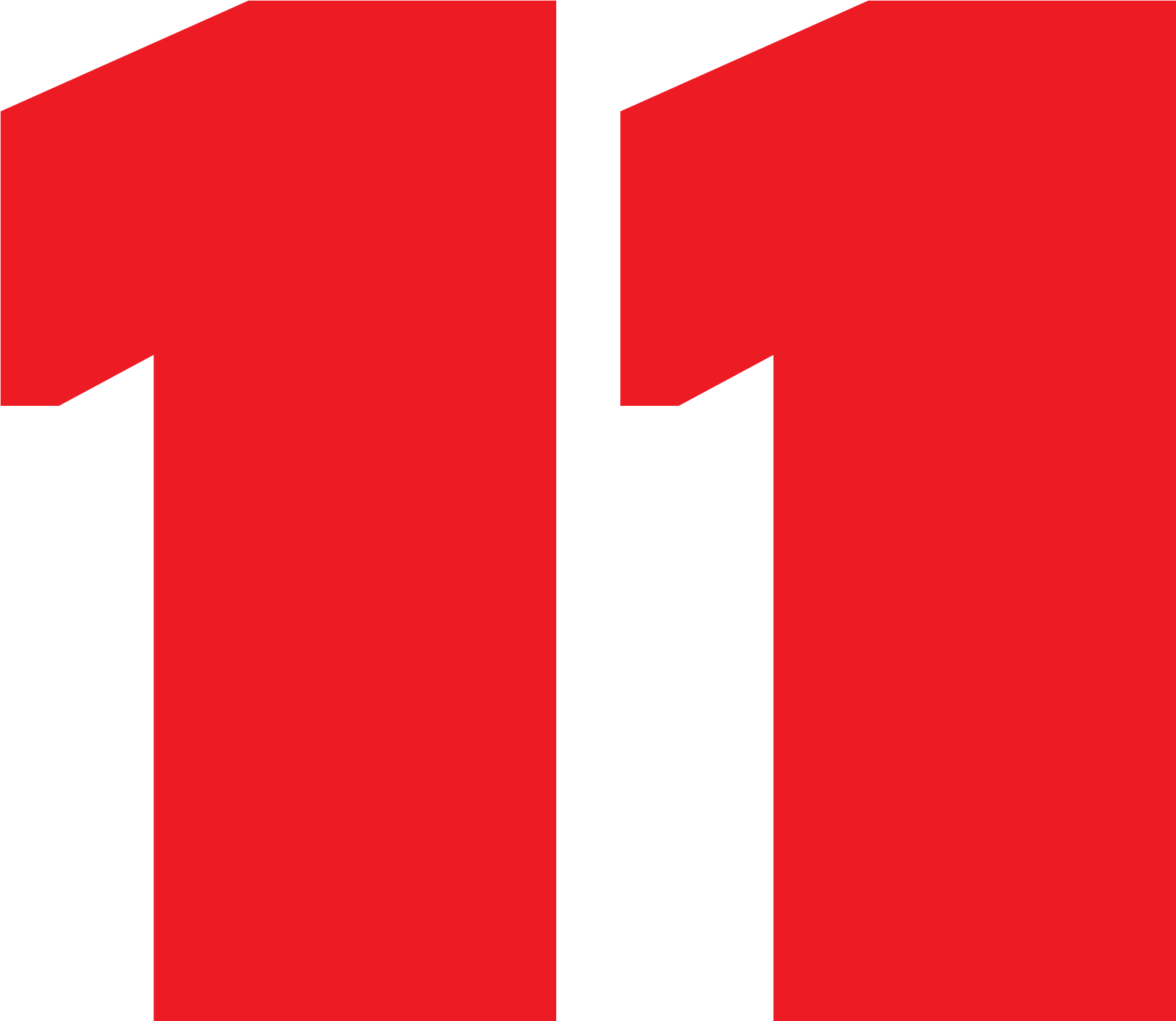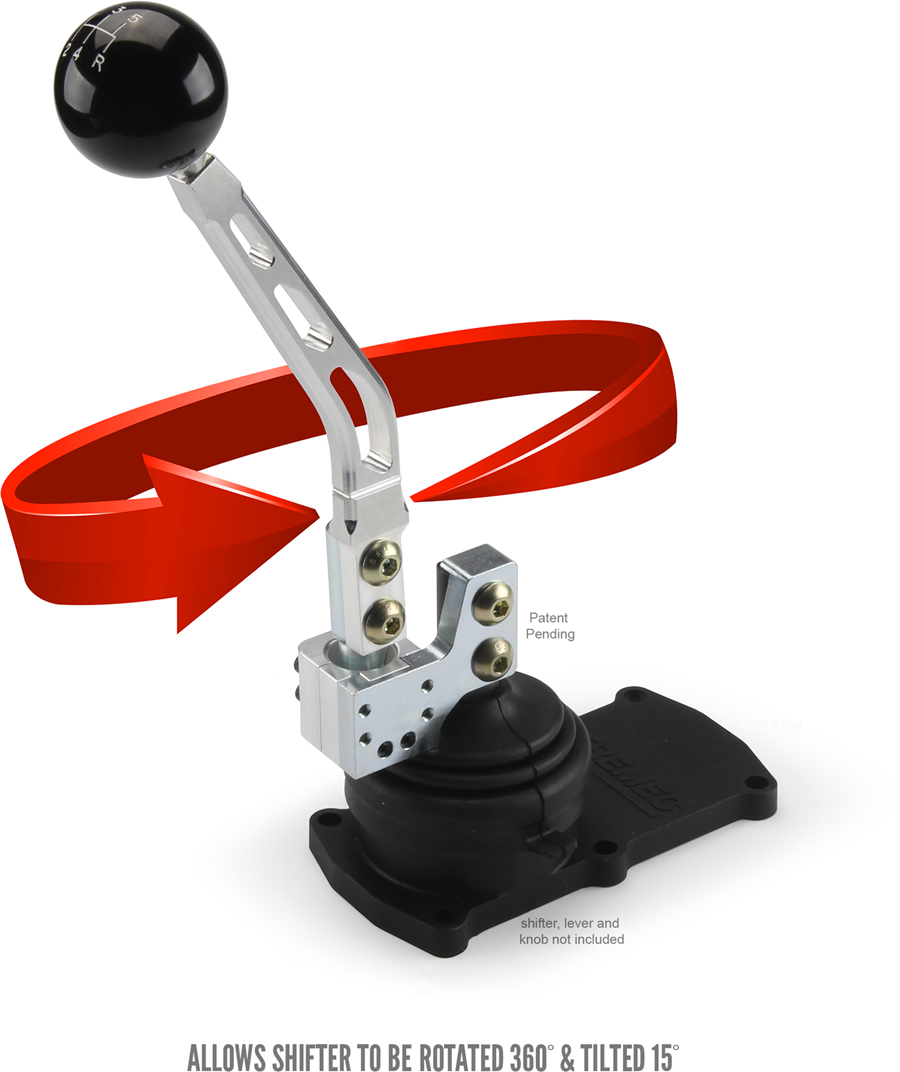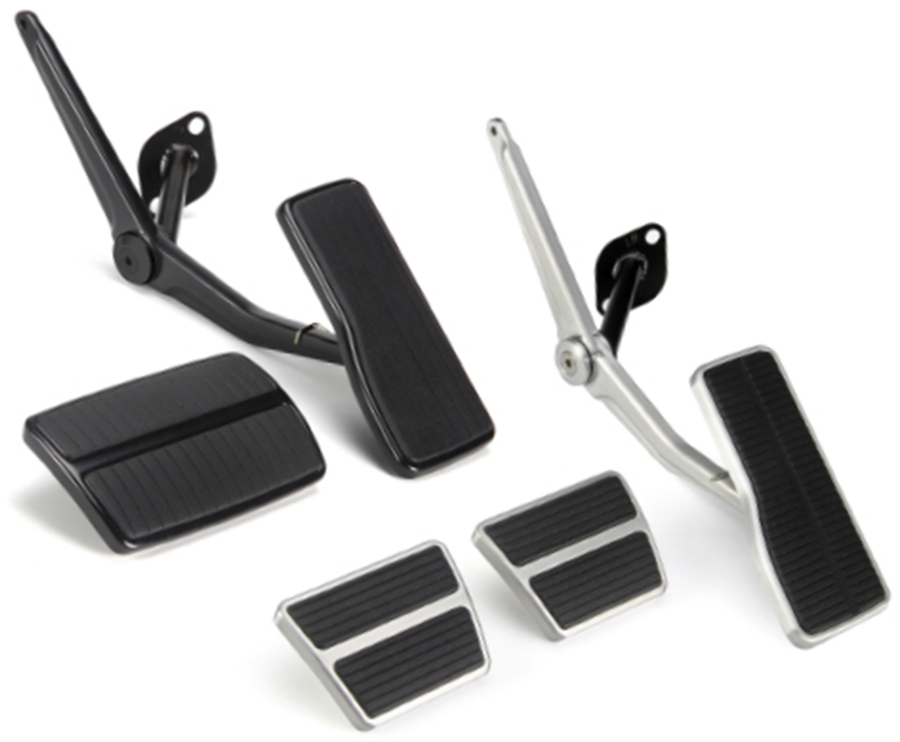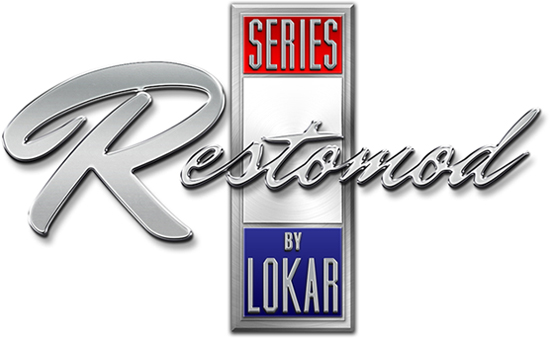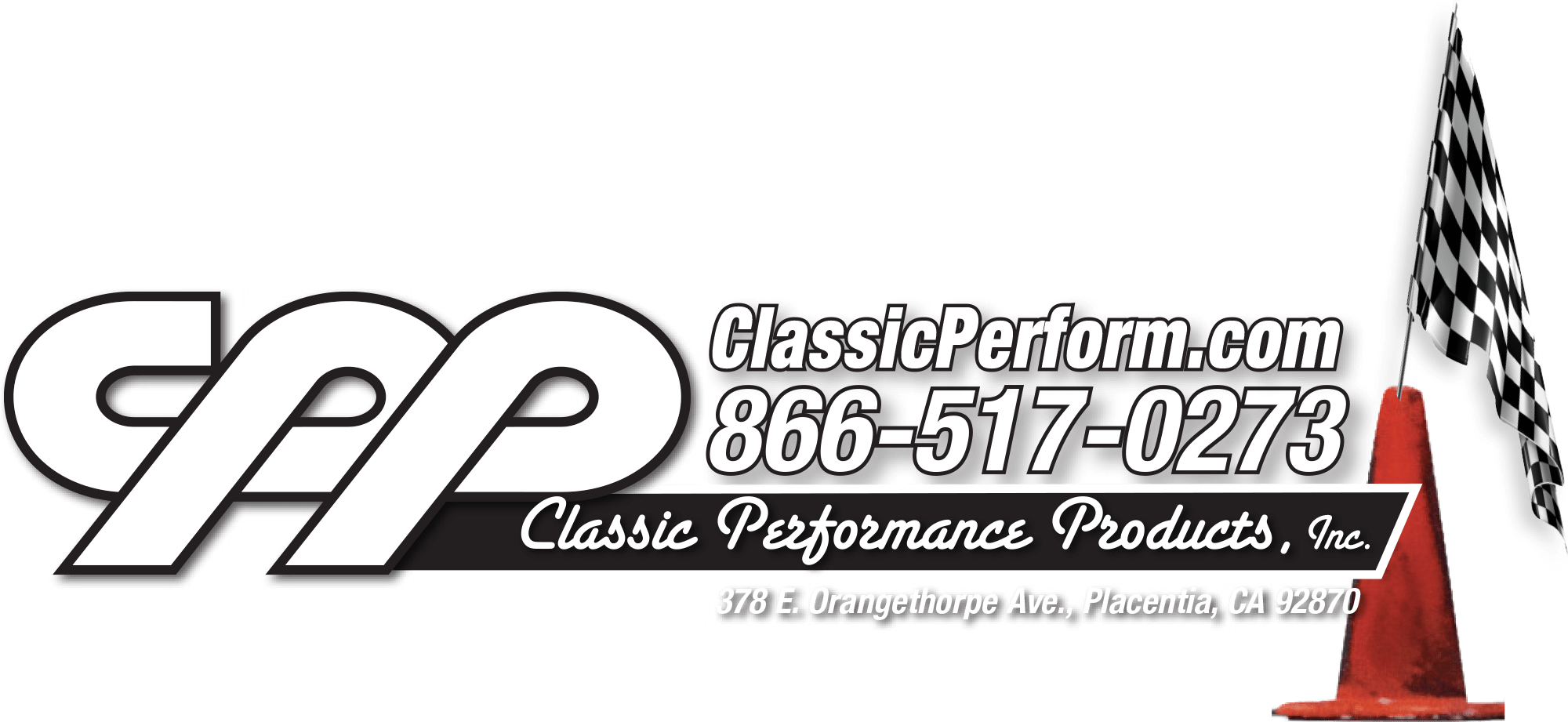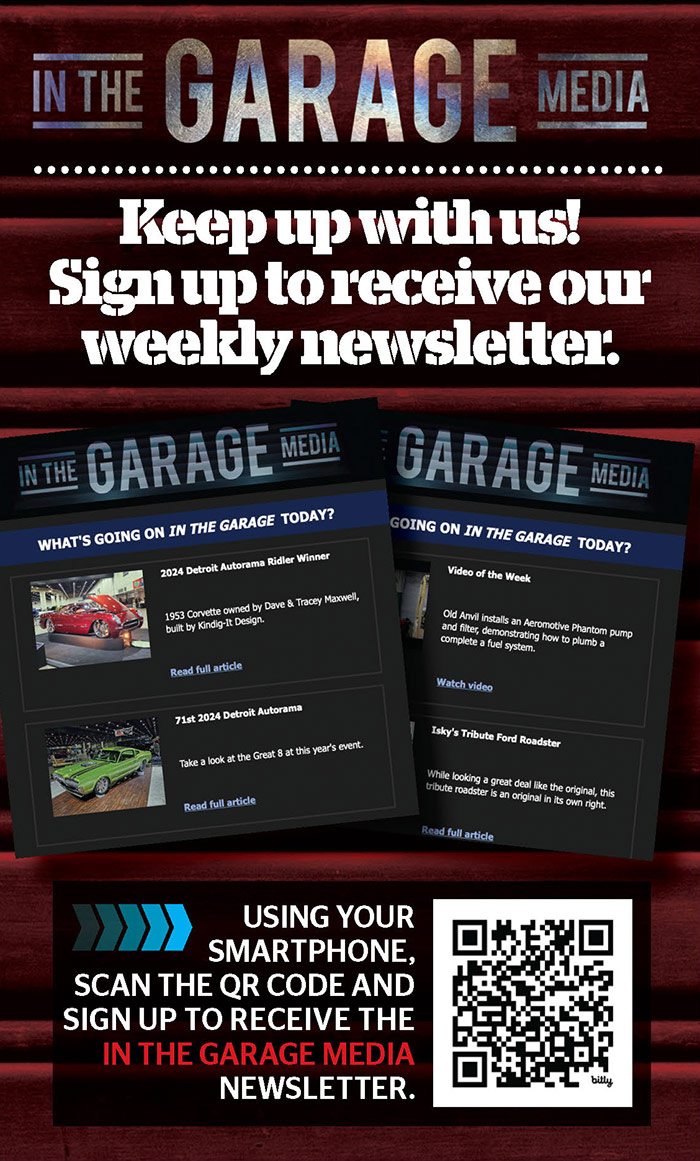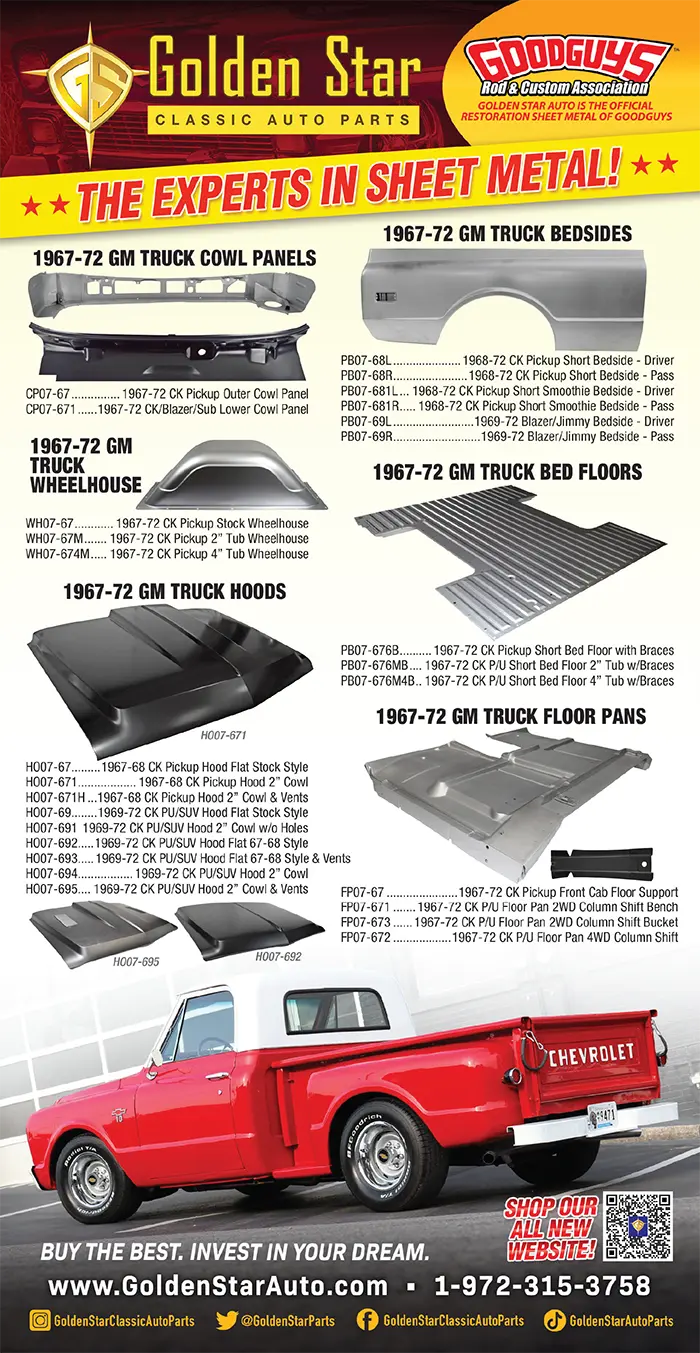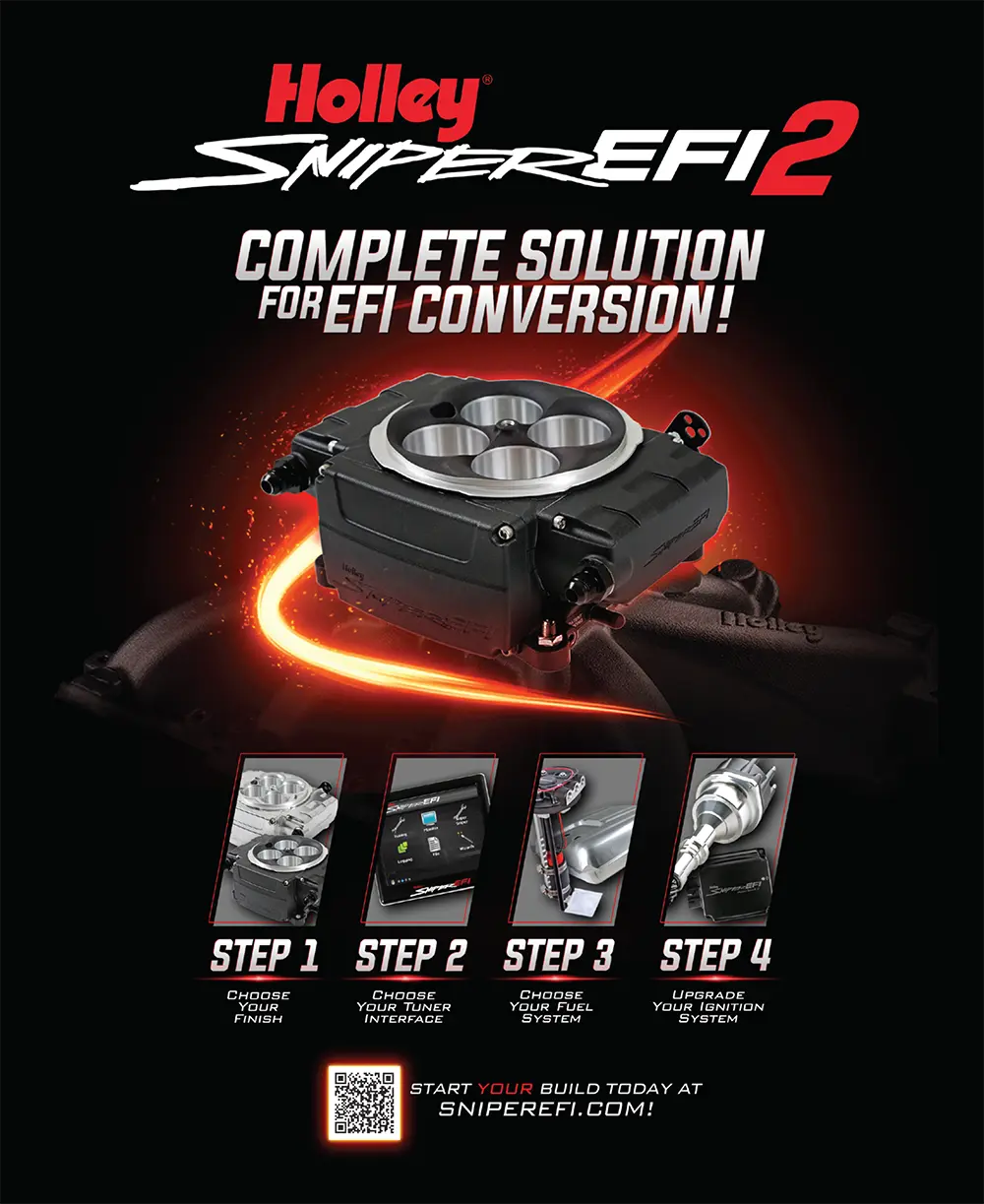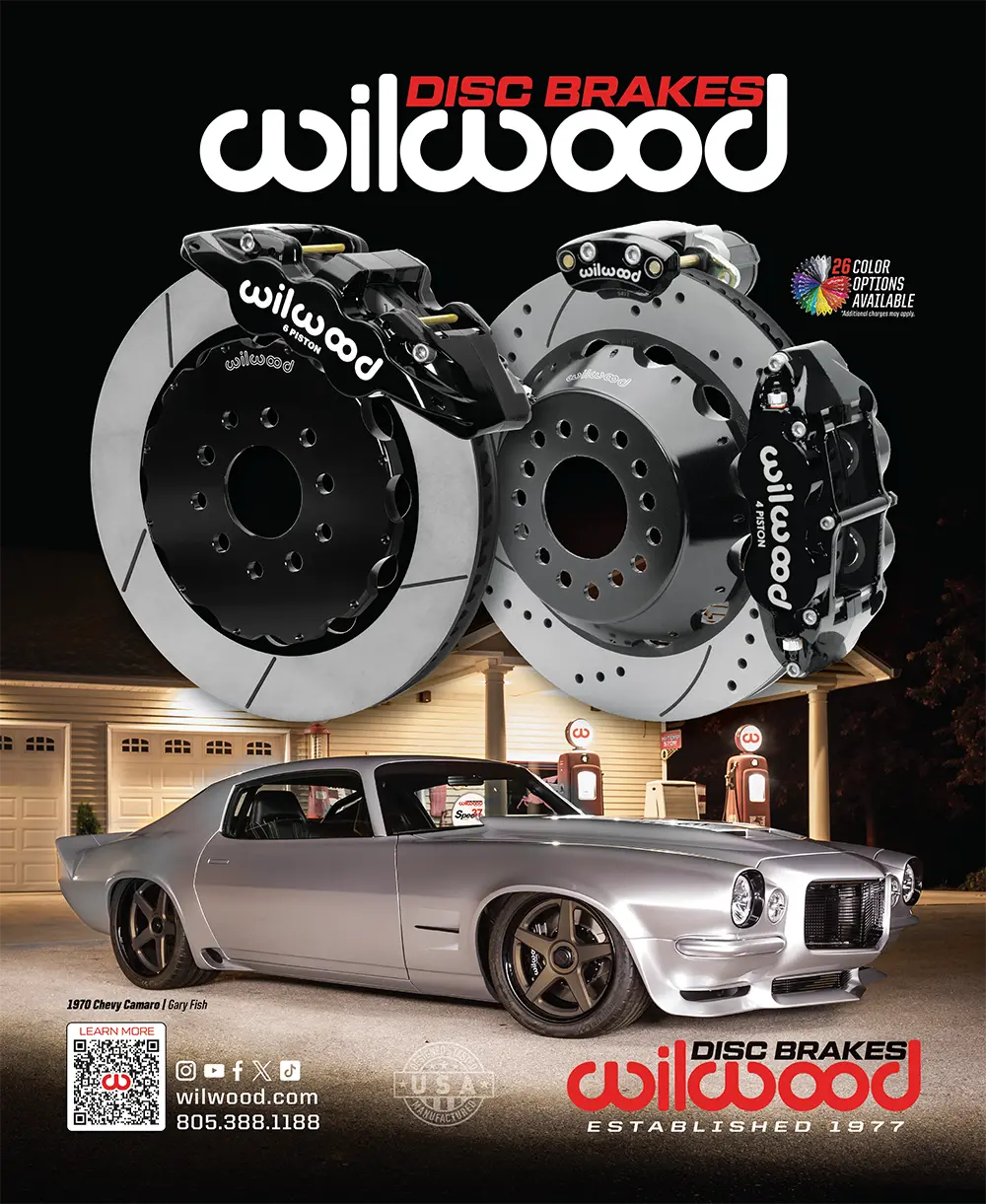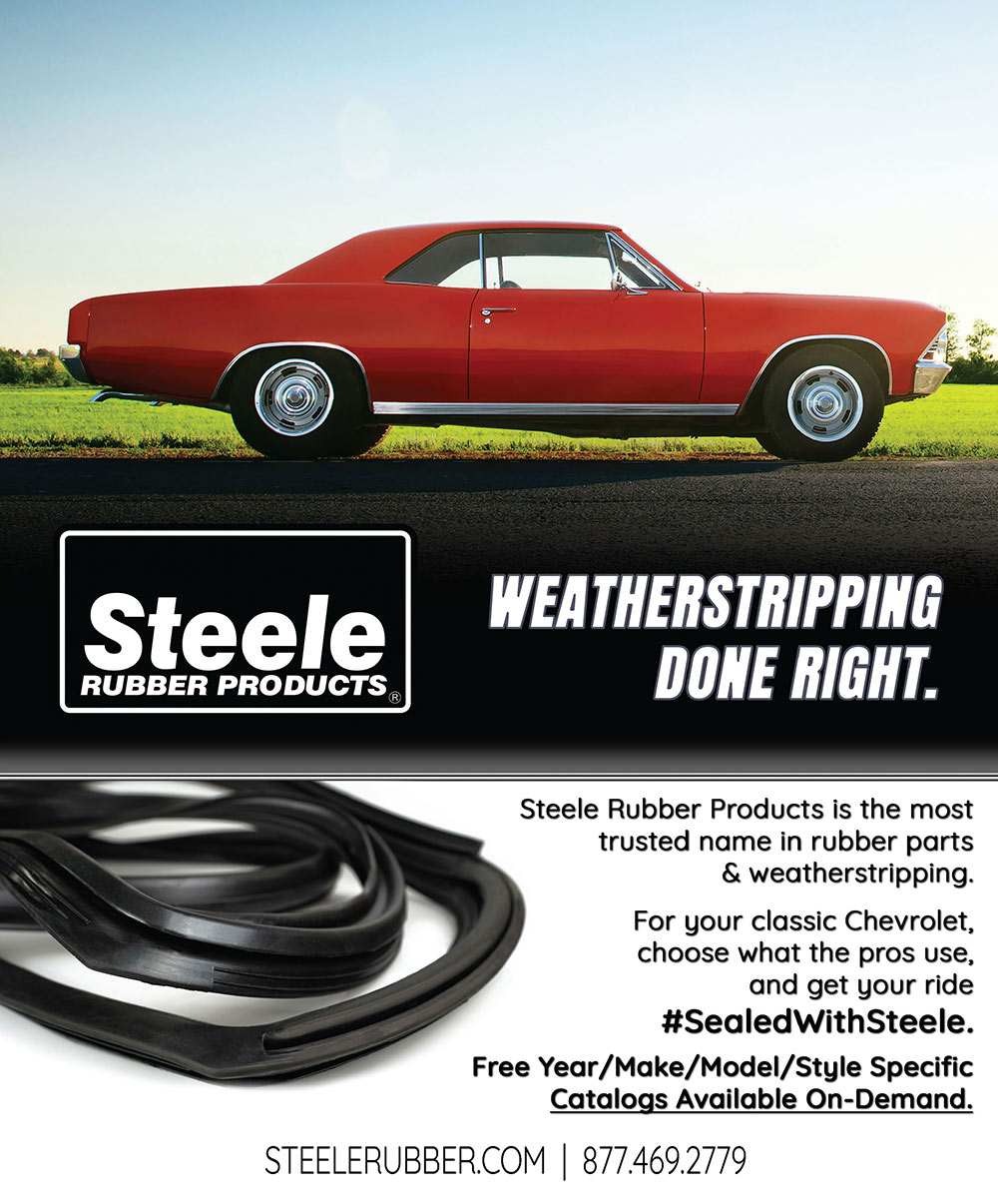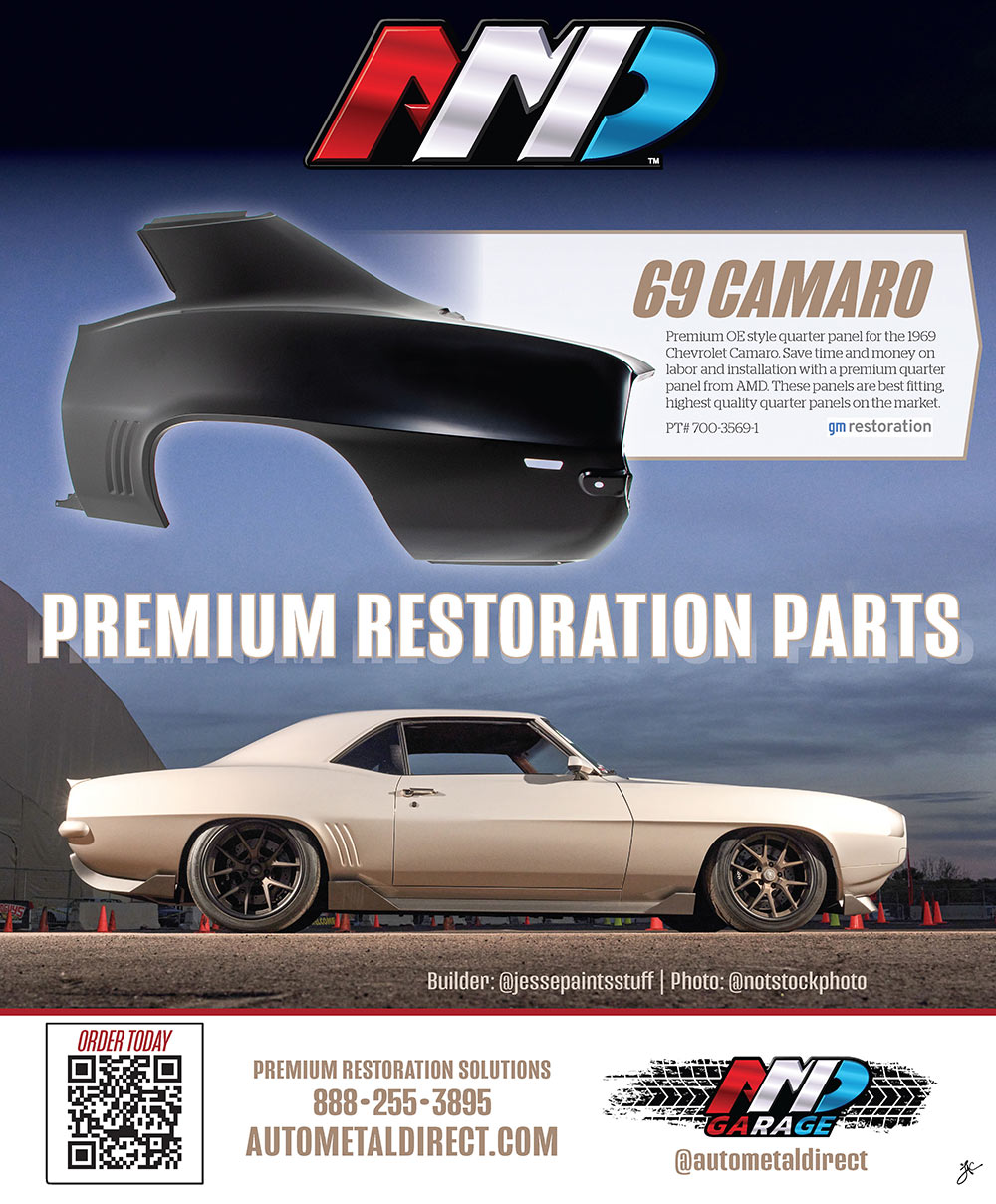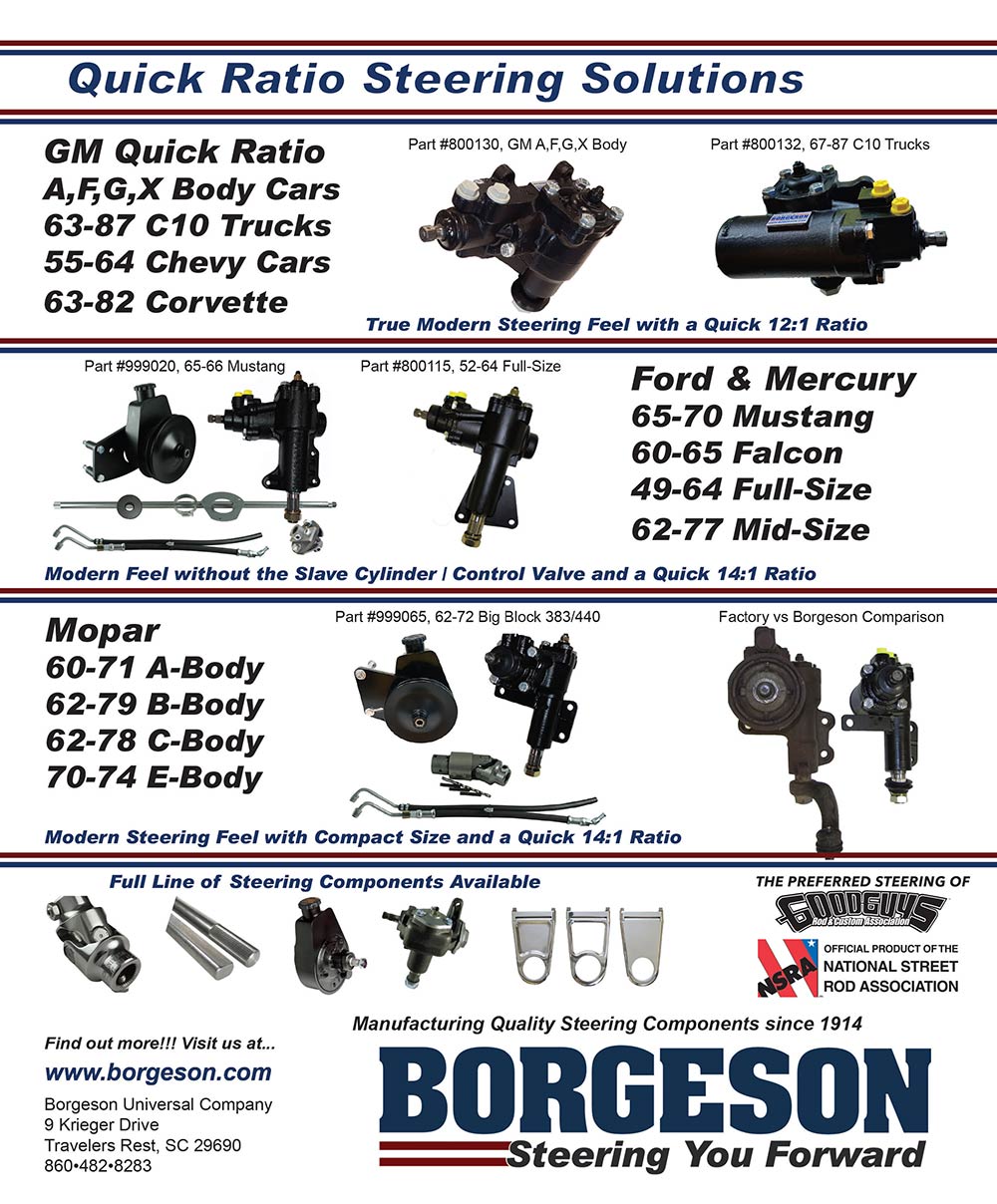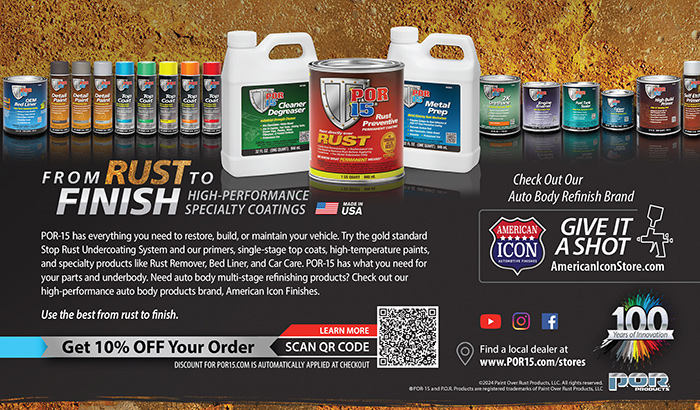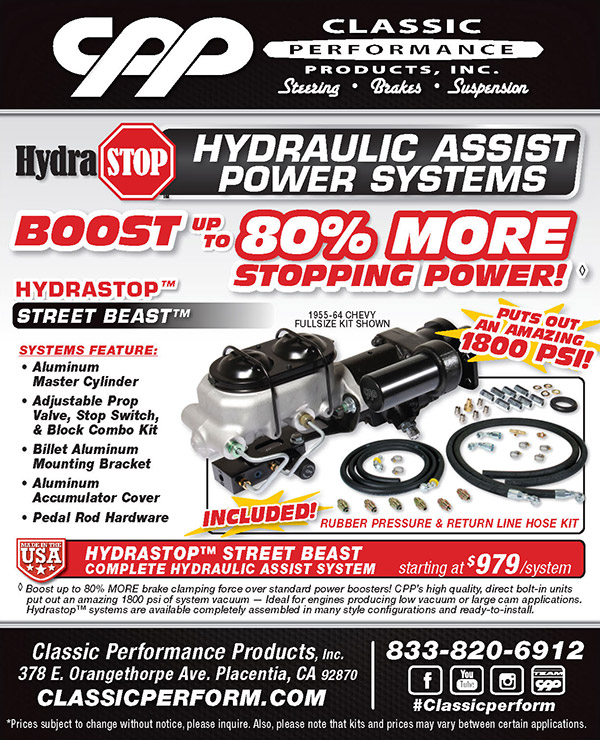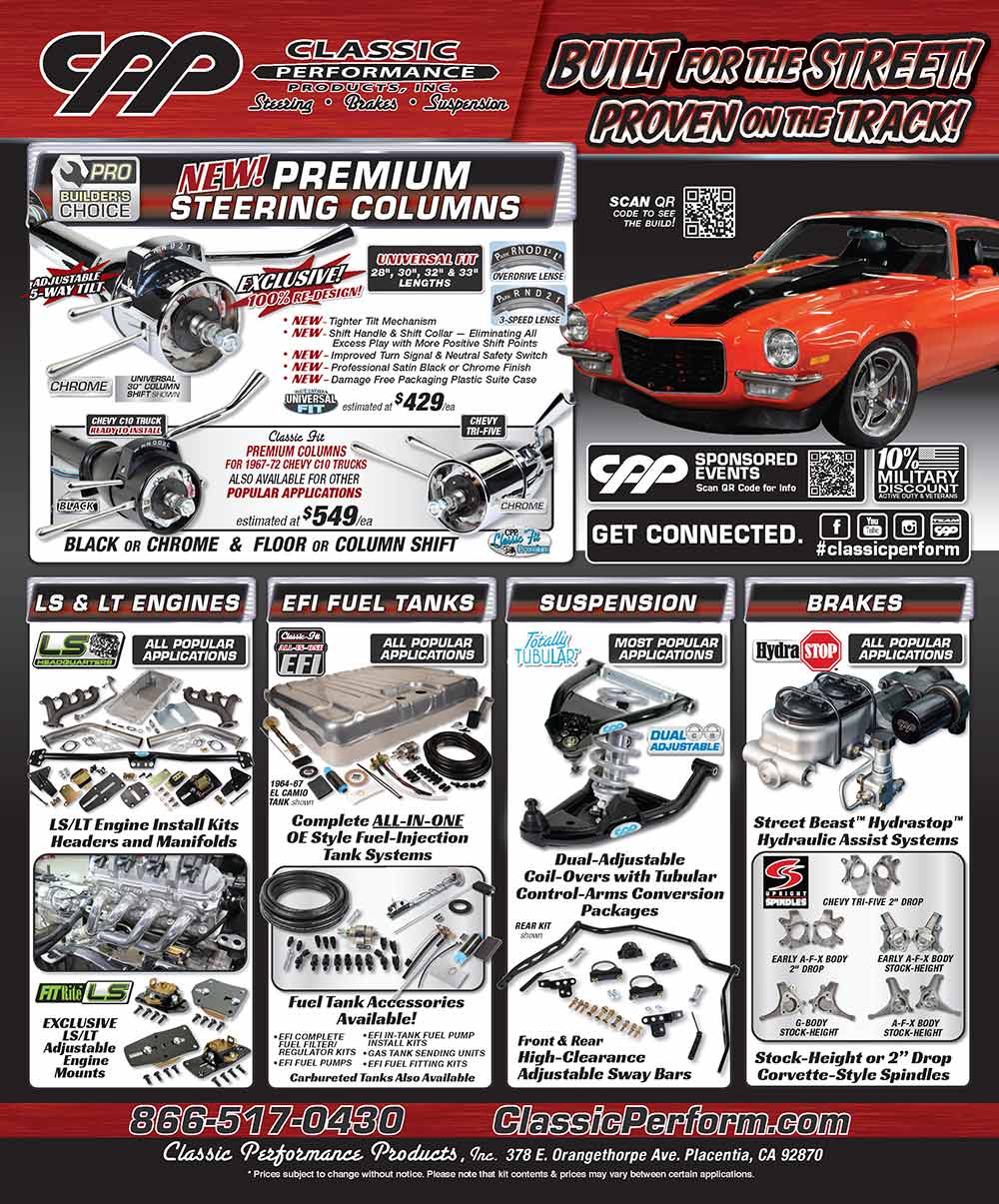
 TOC
TOC


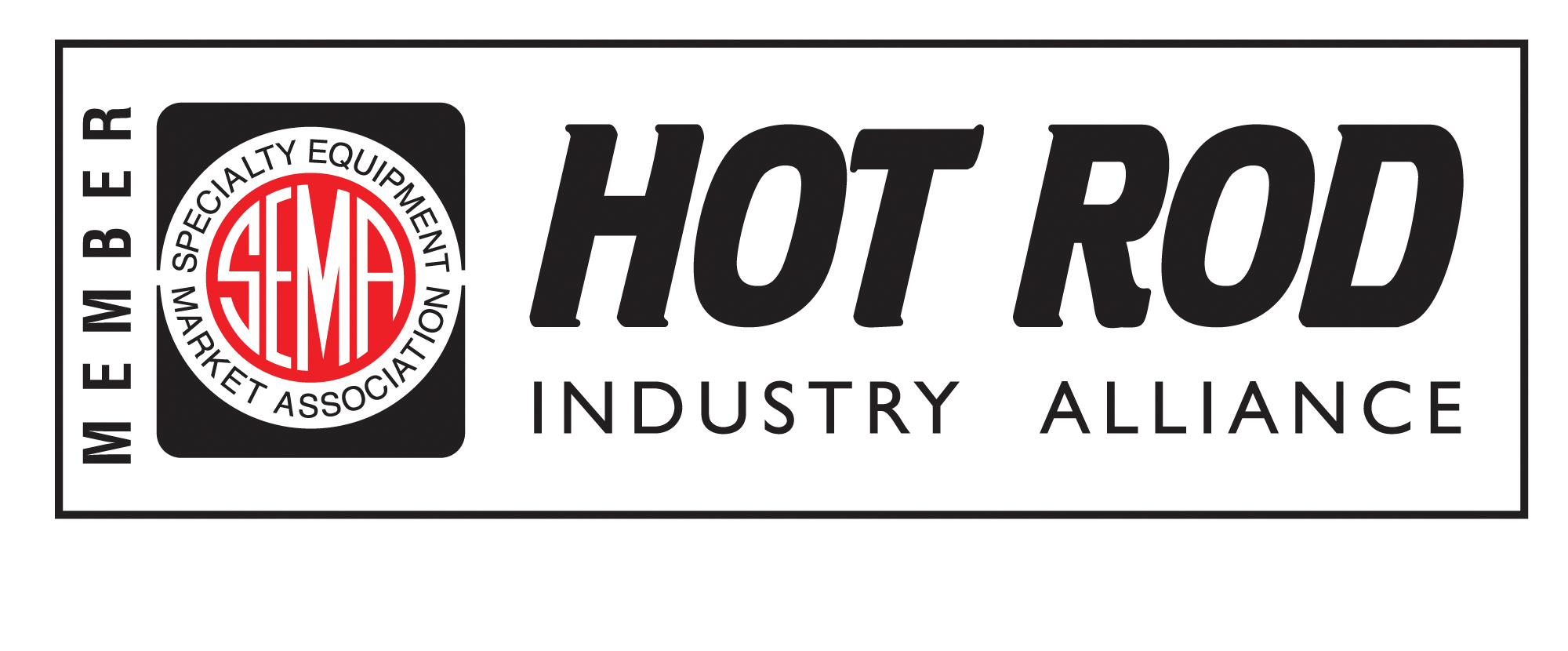

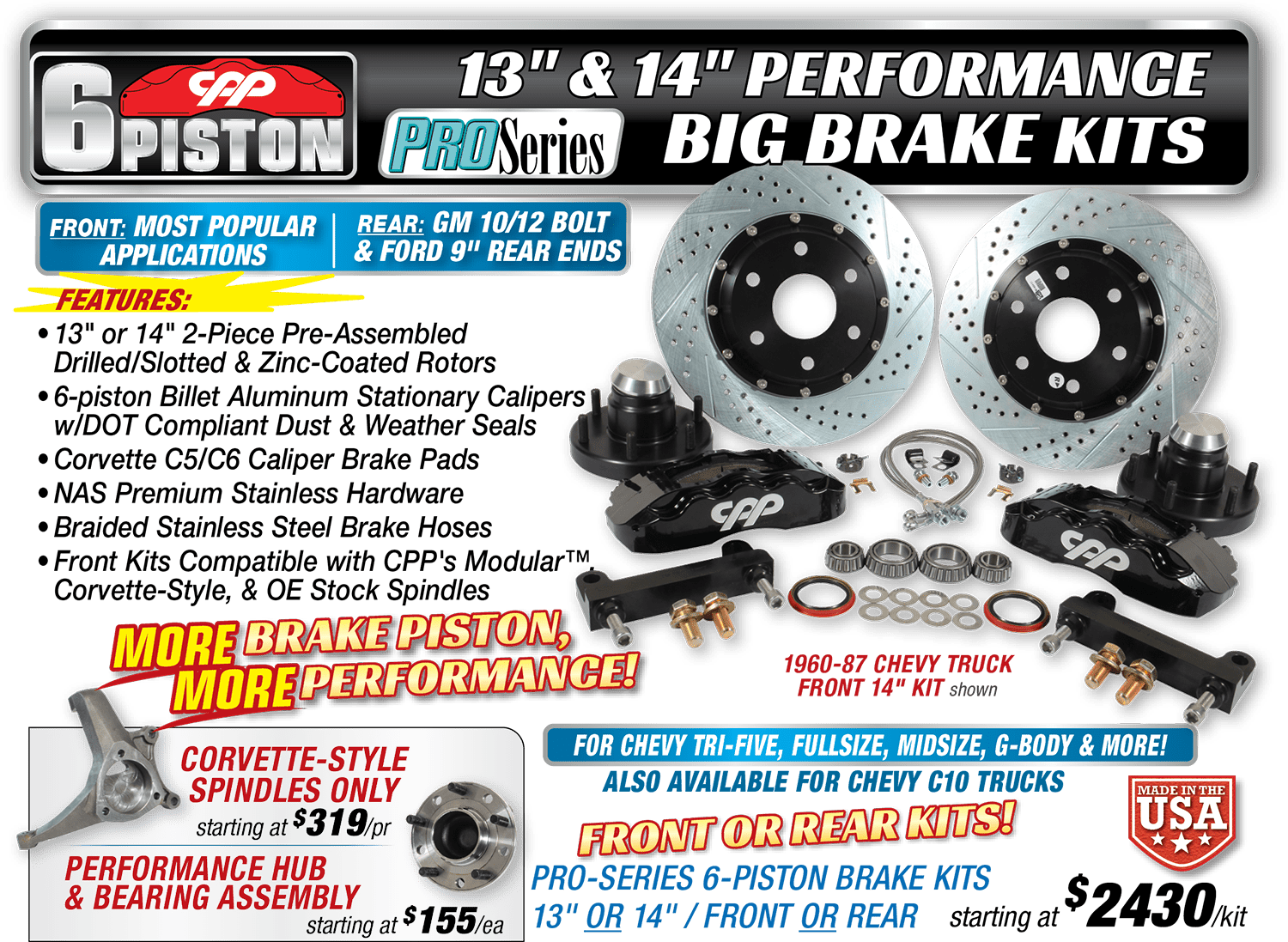

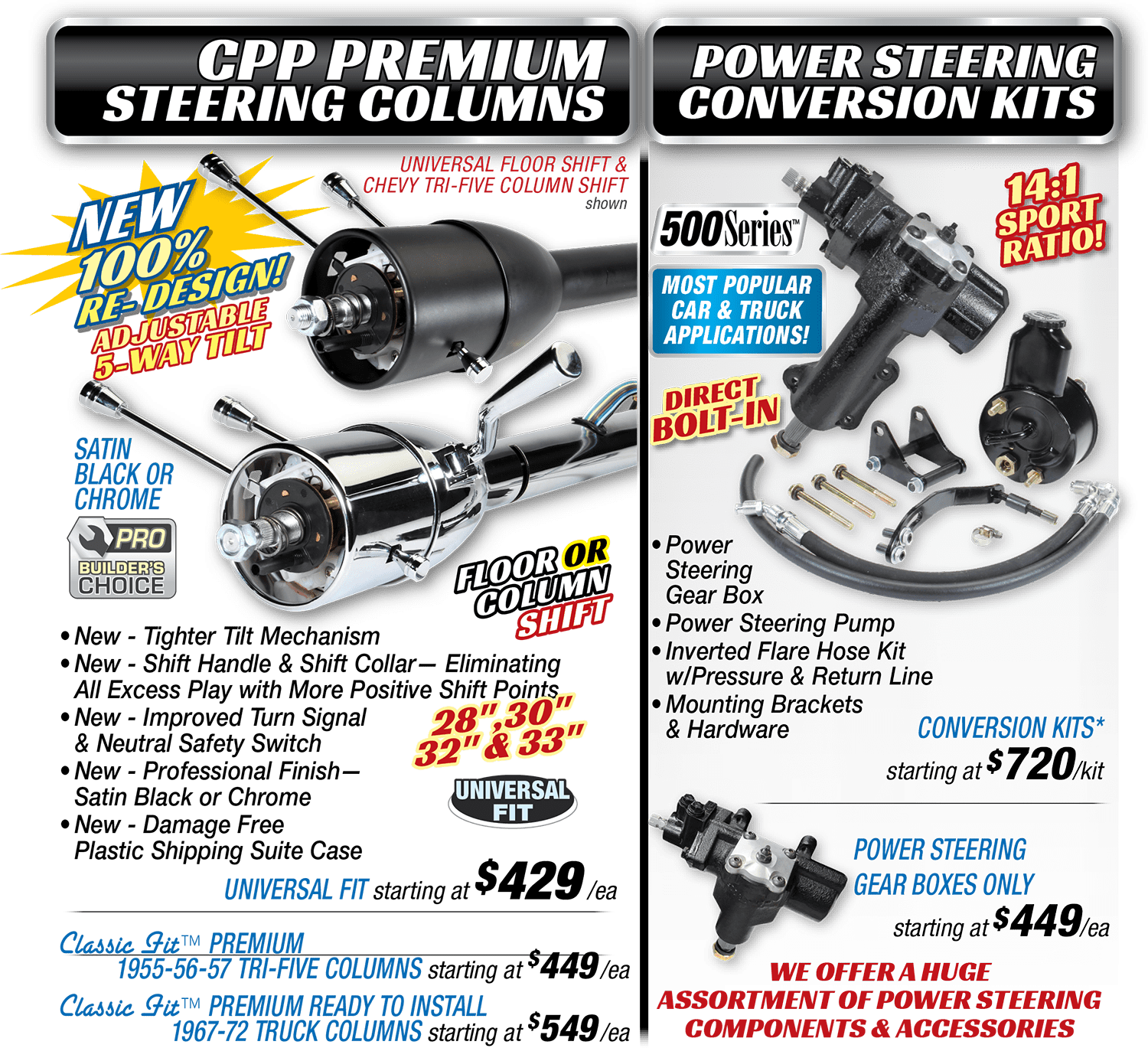
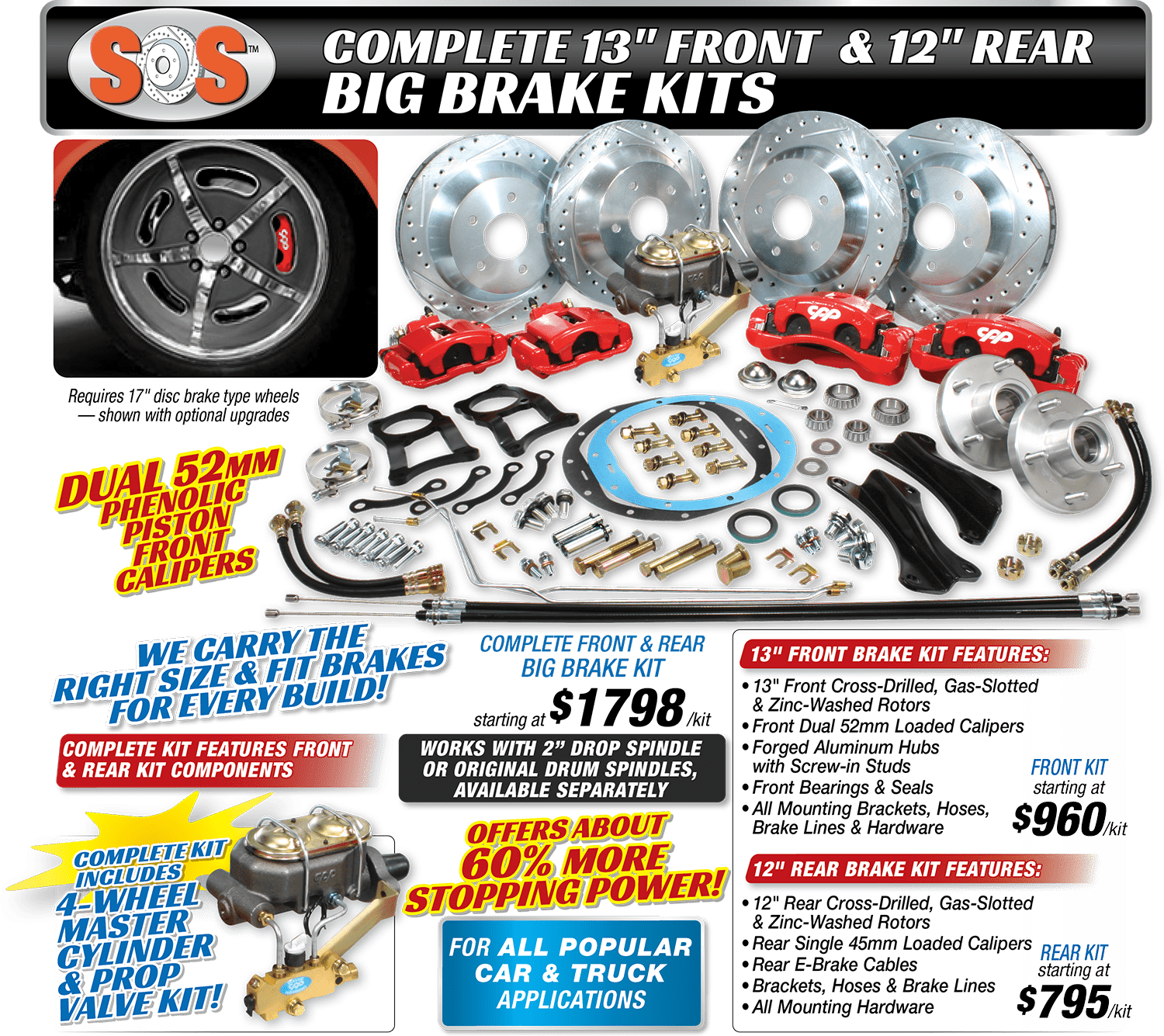
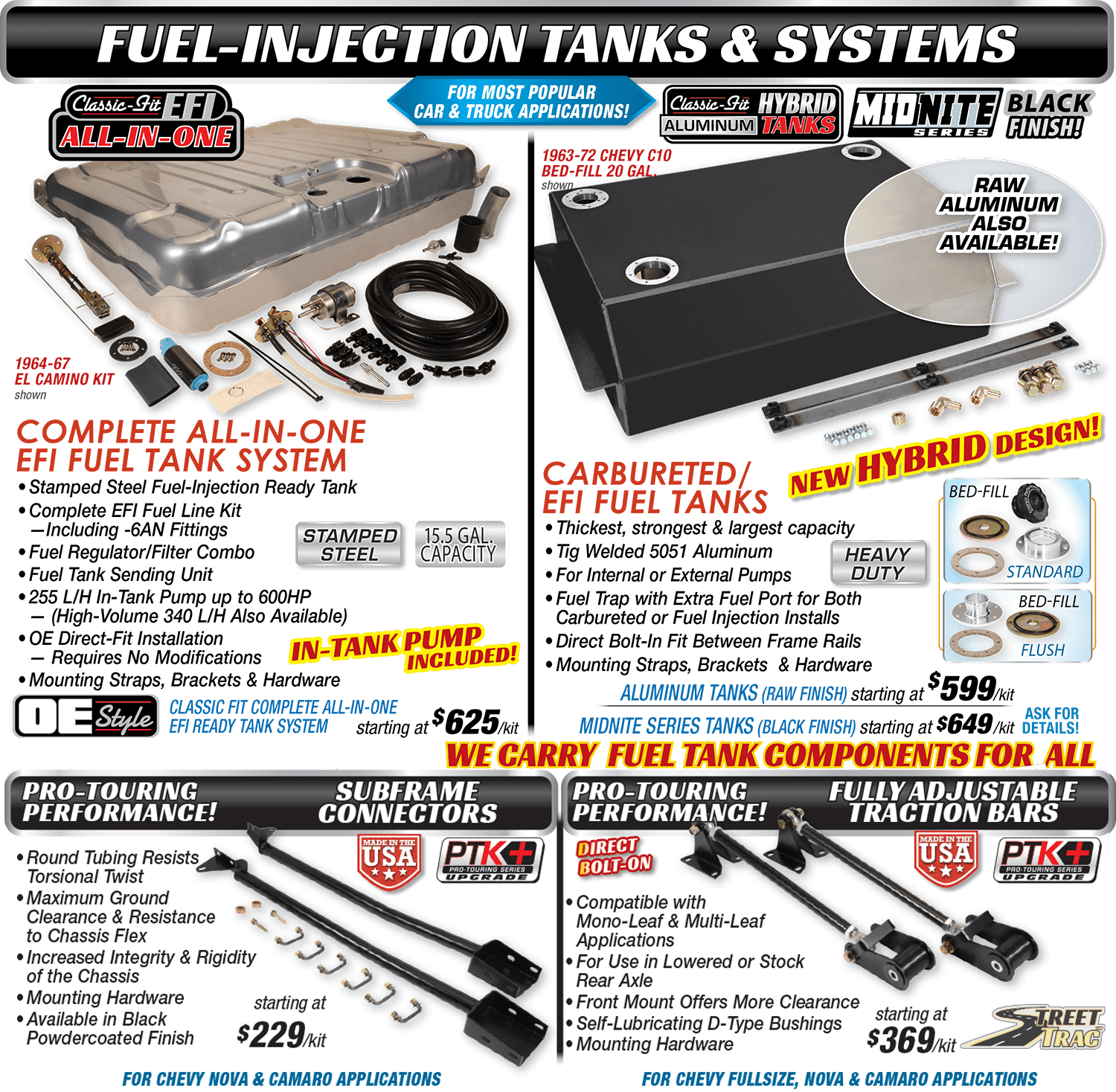

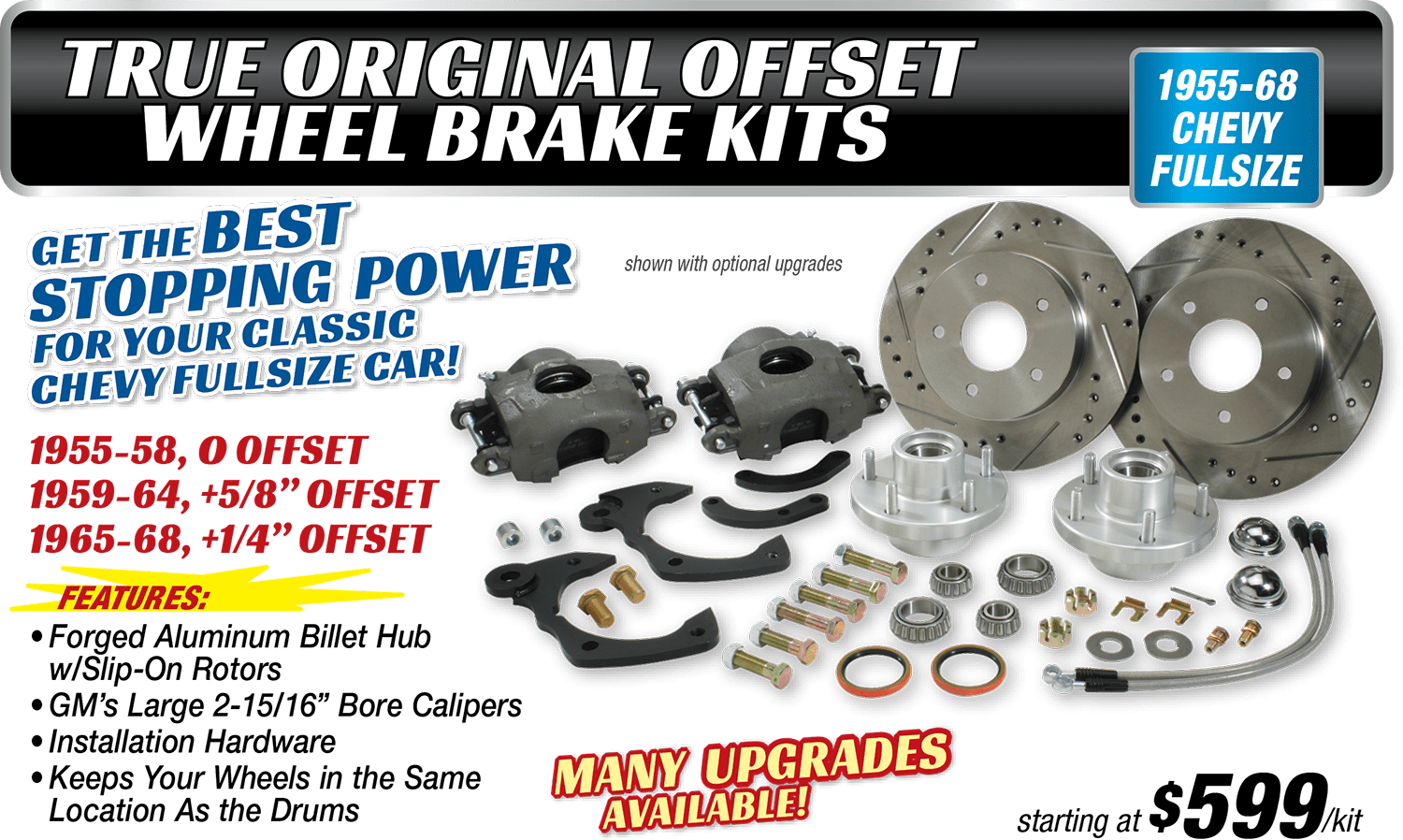
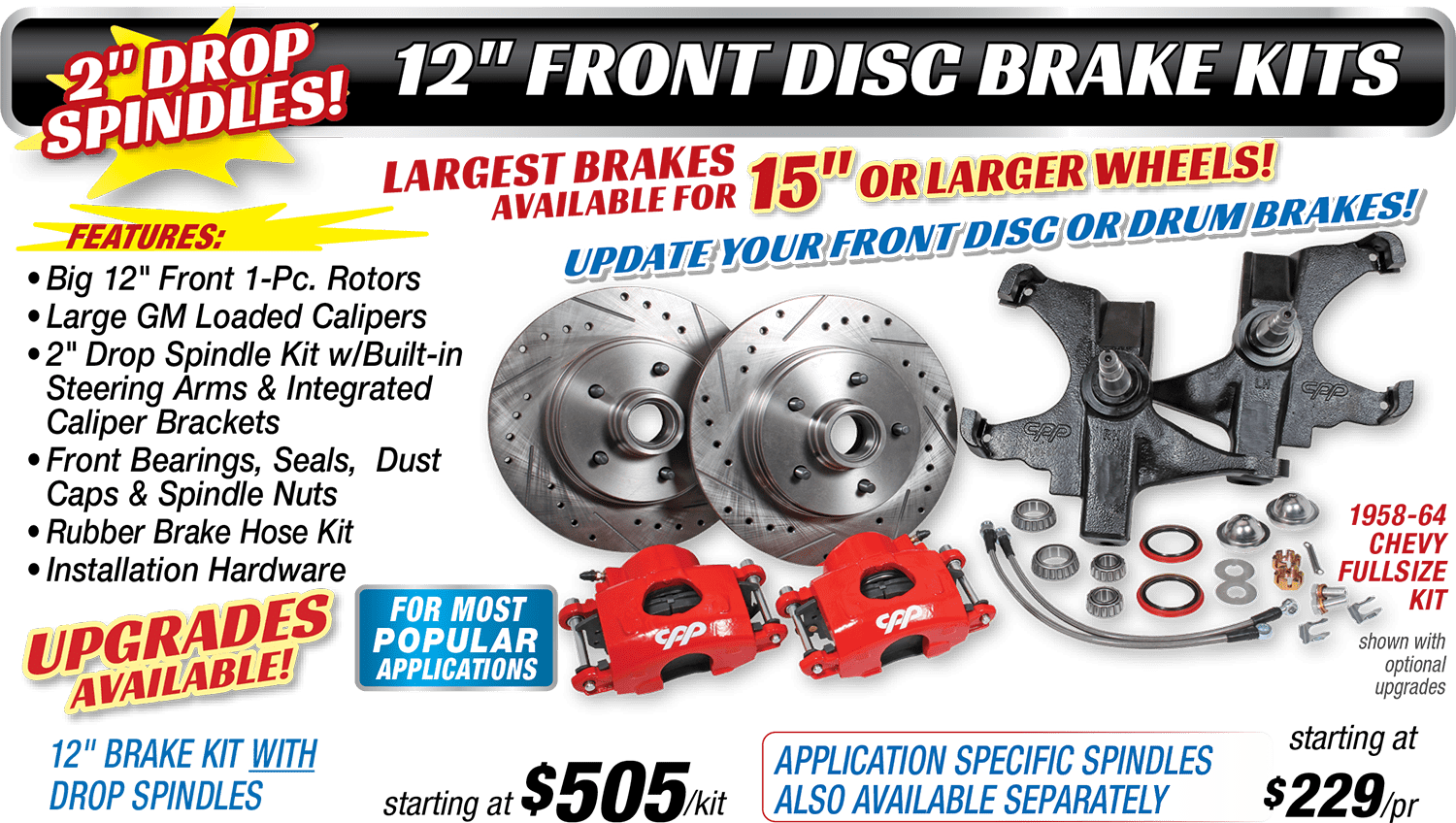
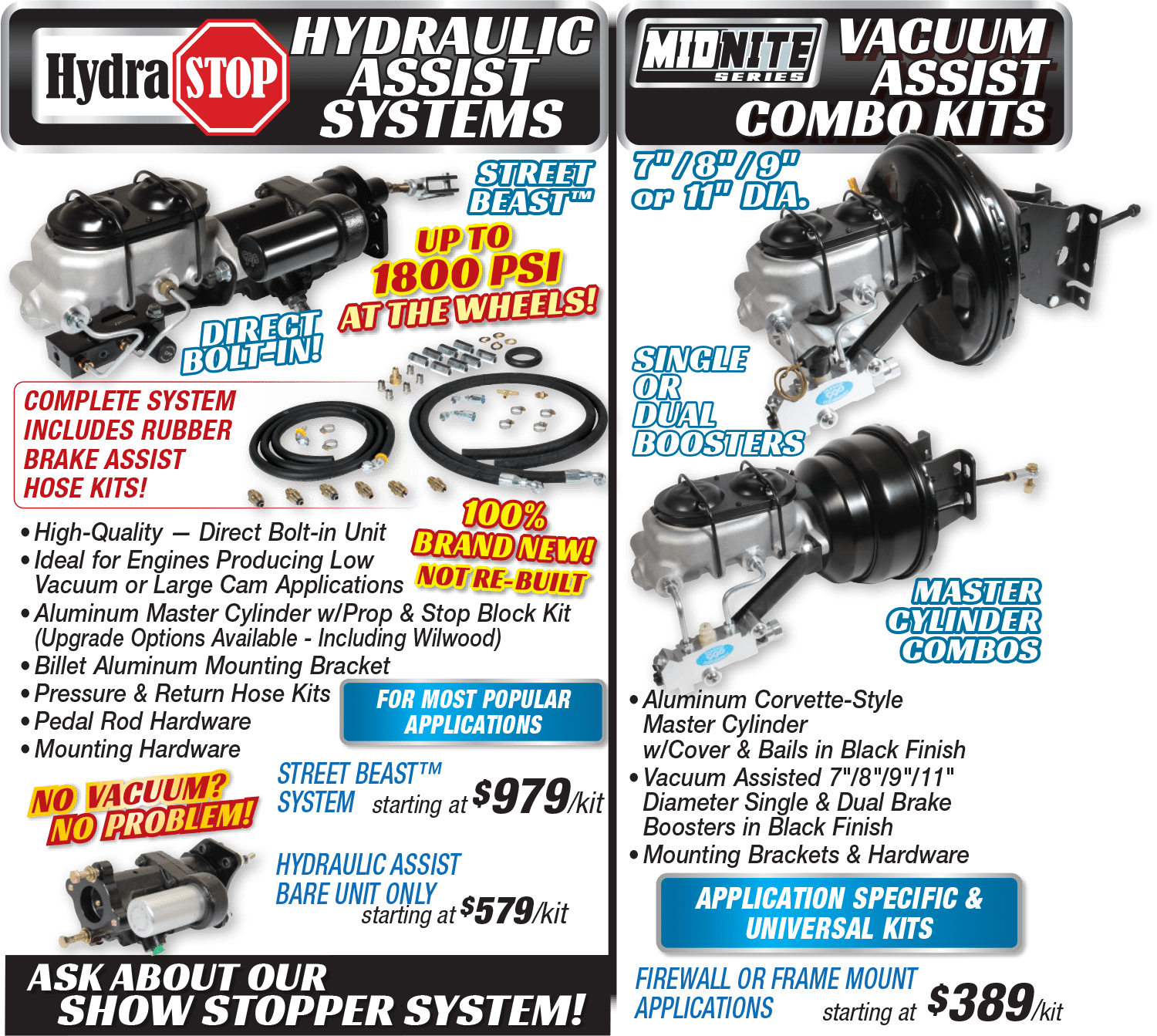
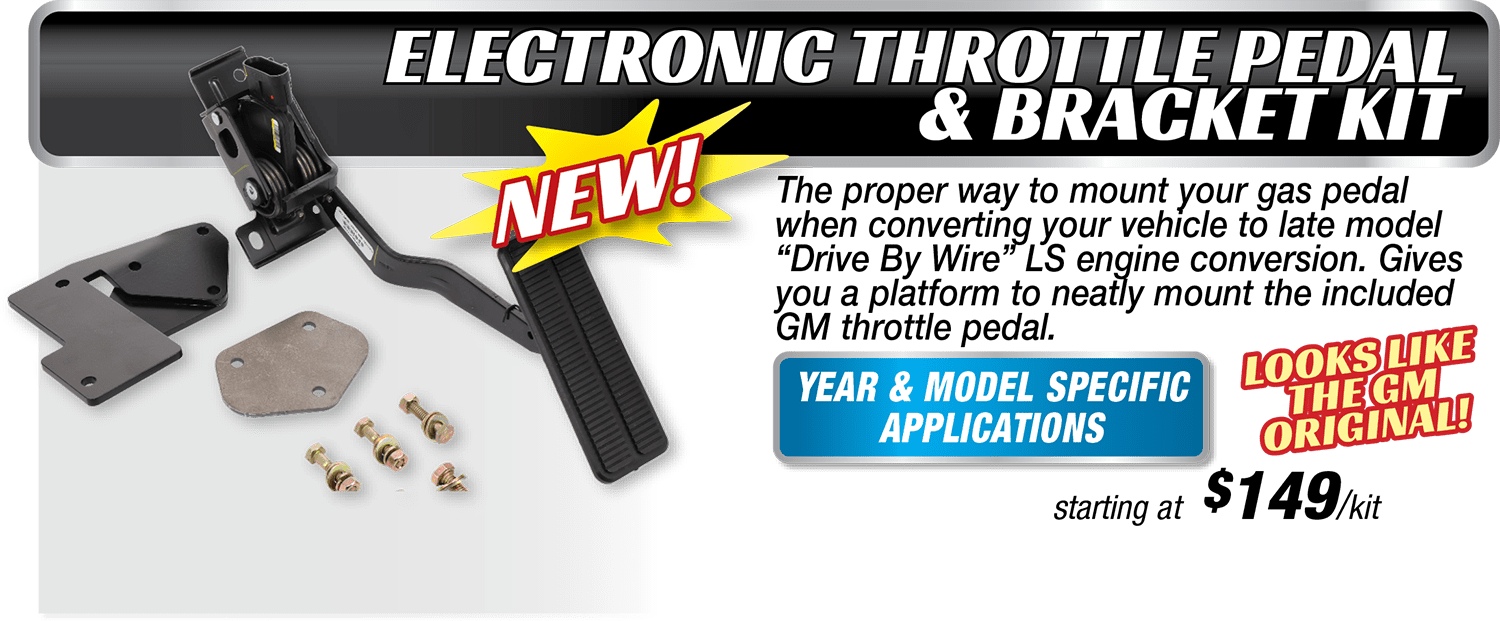
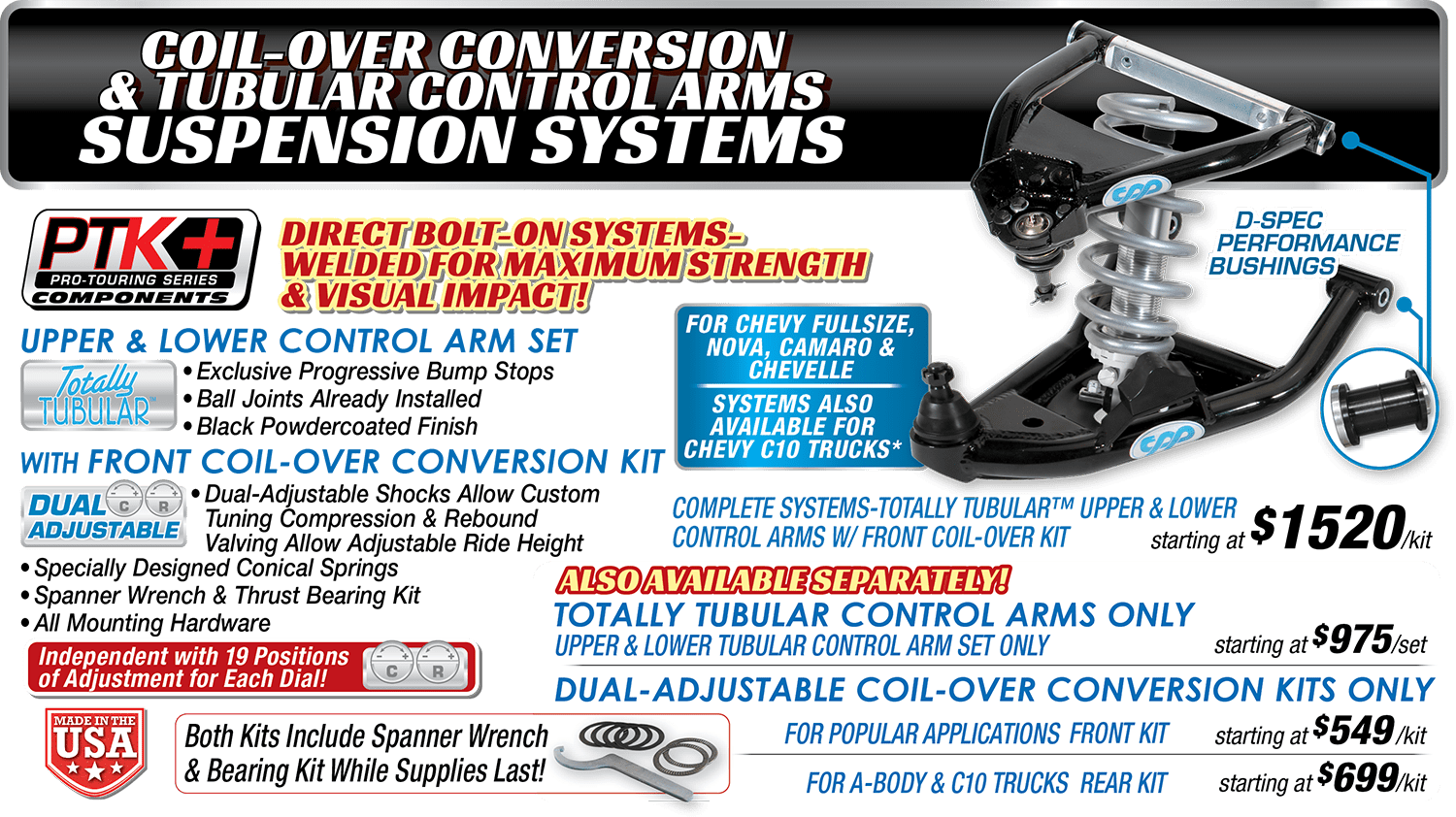

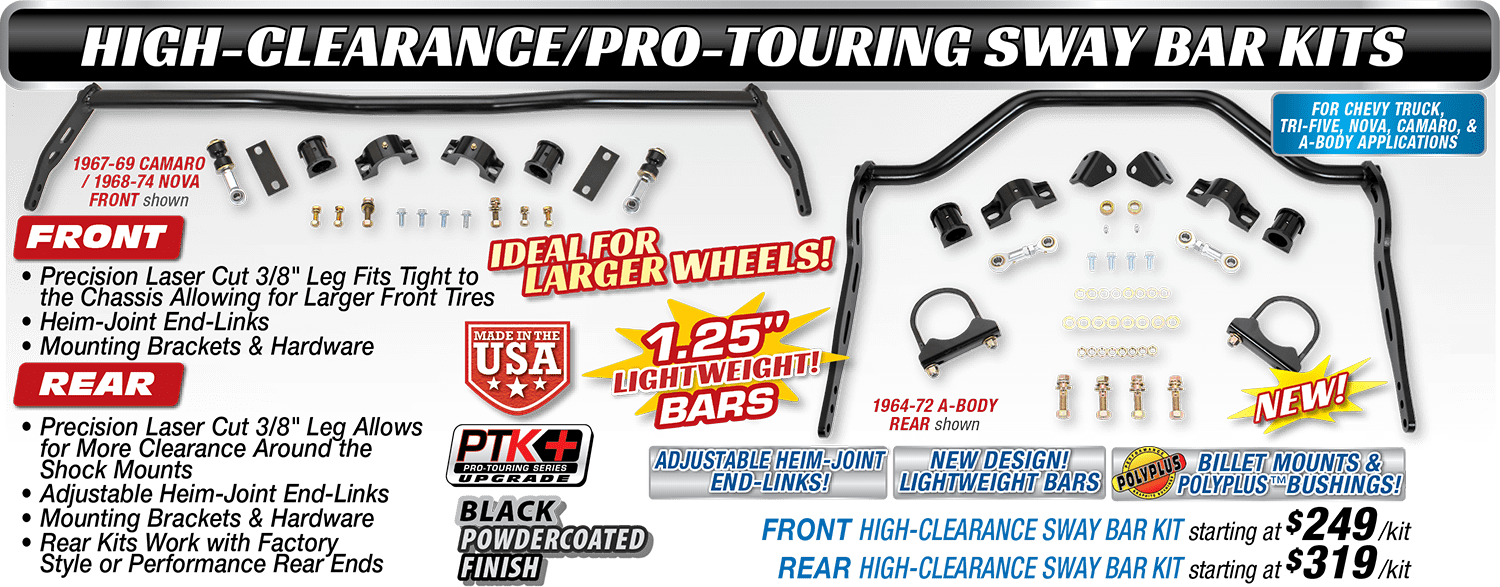

Wes Allison, “Rotten” Rodney Bauman, Shawn Brereton, Tommy Lee Byrd, Ron Ceridono, Grant Cox, John Gilbert, Tavis Highlander, Jeff Huneycutt, Barry Kluczyk, Scotty Lachenauer, Jason Lubken, John Machaqueiro, Ryan Manson, Jason Matthew, Josh Mishler, NotStock Photography, Todd Ryden, Jason Scudellari, Jeff Smith, Tim Sutton, Wes Taylor, and Chuck Vranas – Writers and Photographers
Travis Weeks Advertising Sales Manager
Mark Dewey National Sales Manager
Patrick Walsh Sales Representative
ads@inthegaragemedia.com
AllChevyPerformance.com
ClassicTruckPerformance.com
ModernRodding.com
InTheGarageMedia.com
inthegaragemedia.com “Online Store”
For bulk back issues of 10 copies or more, contact store@inthegaragemedia.com
info@inthegaragemedia.com
Editorial contributions are welcomed but editors recommend that contributors query first. Contribution inquiries should first be emailed to info@inthegaragemedia.com. Do not mail via USPS as we assume no responsibility for loss or damage thereto. IN THE GARAGE MEDIA, INC. reserves the right to use material at its discretion, and we reserve the right to edit material to meet our requirements. Upon publication, payment will be made at our current rate, and that said, payment will cover author’s and contributor’s rights of the contribution. Contributors’ act of emailing contribution shall constitute and express warranty that material is original and no infringement on the rights of others.

Copyright (c) 2025 IN THE GARAGE MEDIA, INC.
PRINTED IN U.S.A.


Cleveland, OH
(216) 281-8777
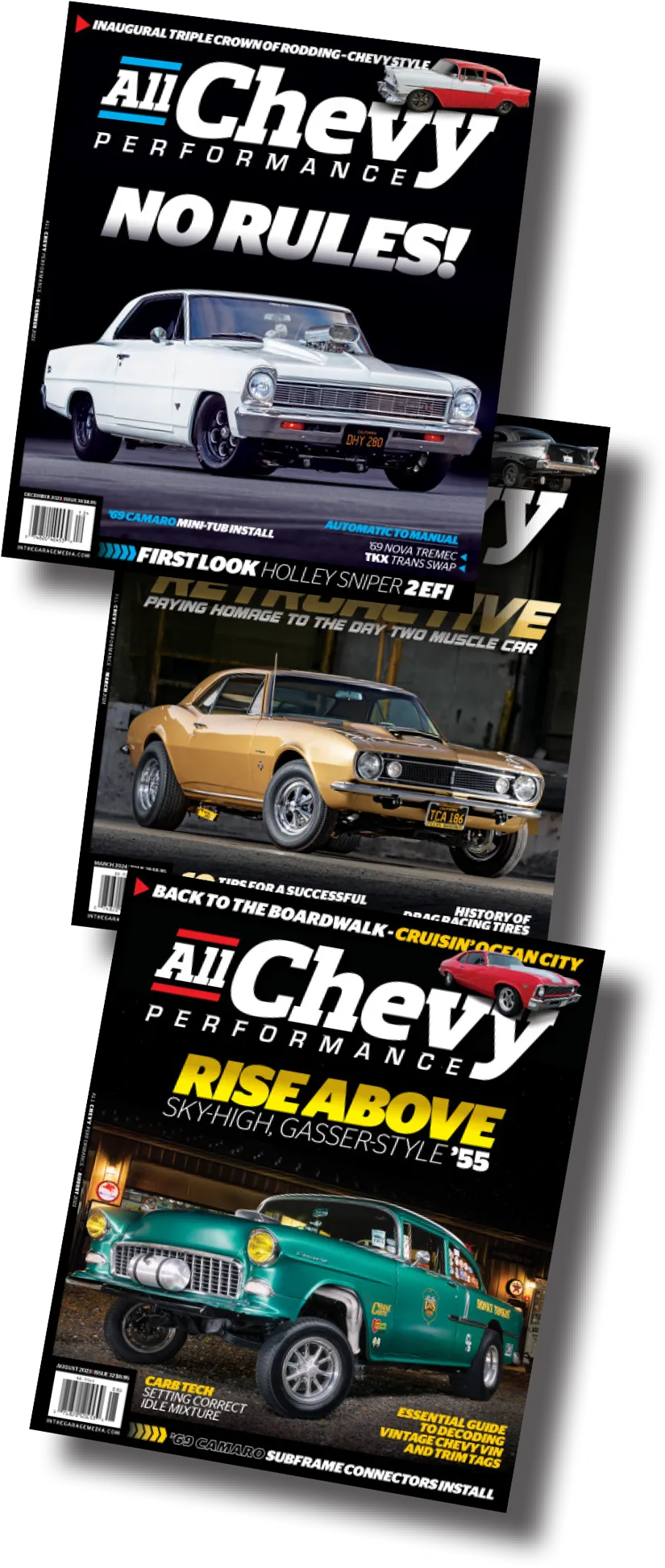
 firing up
firing up
 BY NICK LICATA
BY NICK LICATA

few years ago, there was a lot of buzz going on about classic muscle cars being powered by electric motors as the next big thing. Now, I’m not against using alternative energy for our commuter cars, but when it comes to converting a vintage Chevy into an EV, I’m not on board. With all due respect to those taking the initiative to put their talent and engineering knowledge to good use and keeping the planet’s health in consideration, an electric motor swap for a burly big-block or powerful LS is not the answer.
There are several reasons why electric motors will not appeal to the muscle car folks. For starters, vintage muscle cars are iconic symbols of raw power, classic style, and superior performance, all of which ensure these cars retain their iconic and cultural significance.
Truth be told, classic muscle cars were built for the thrill of speed and performance. The sound and smell emitted by the tailpipes or open headers of these cars wake up the senses and are essential factors in what draws us in. Those elements take us veteran enthusiasts to a time and place from the past while also offering a promising future for our classic muscle cars to shine—physically and metaphorically.
 PARTS BIN
PARTS BIN

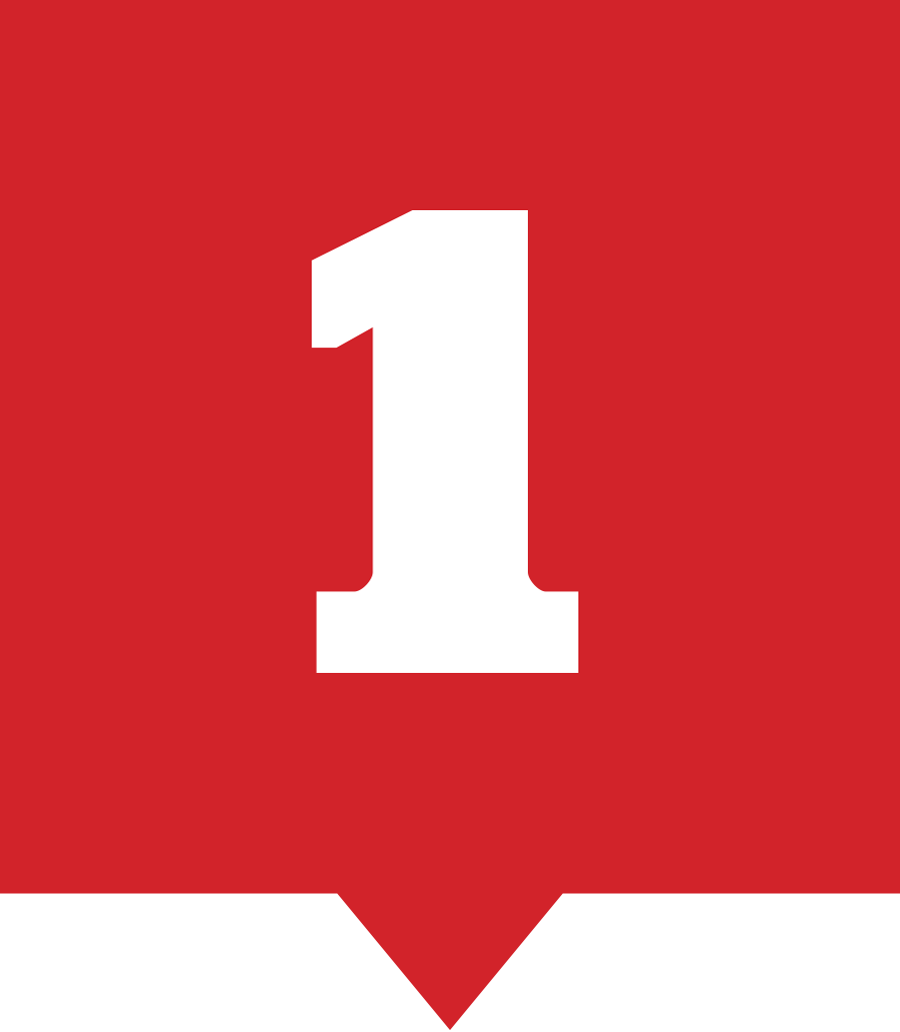

 CHEVY CONCEPTS
CHEVY CONCEPTSInTheGarageMedia.com

 Text & Rendering by Tavis Highlander
Text & Rendering by Tavis Highlanderith the Legacy Series of spec-built Chevelles, Ironworks Speed & Kustom set out to create a timeless vision that melds with modern driveability. This latest version builds off that platform with a fresh set of modern aesthetics and features. The SS stripes are gone in favor of a carbon-fiber vented hood. Keystone-style wheels have now been replaced with Forgeline AL305 wheels and color-matched calipers. Up front there’s a newly designed lower valance. Modernized side mirrors and plenty of blacked-out trim help contribute to the modern look. The icing on the cake for this build is the new color palette. One ideal color for the job is Porsche Miami Blue.
 FEATURE
FEATURE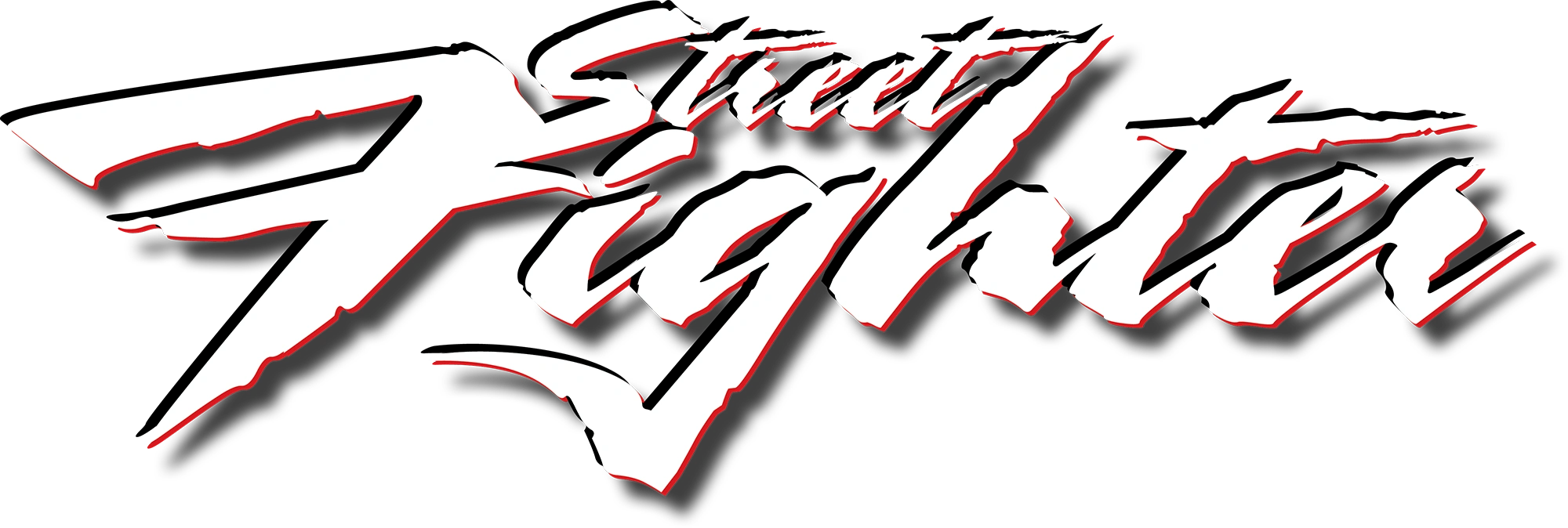
 Images by NotStock Photography
Images by NotStock Photographyohn Trigg got started in the hot rod scene by spinning wrenches on cars back in his teenage years. He and his friends would mess with cars in the garage doing general maintenance and minor upgrades. That early interest in cars developed into a love for the Pro Street scene. “Hot rods and drag cars were always appealing to me, and being as my high school years went down in the late 1980s, my friends and I would spend many weekends at Gateway International Raceway watching drag racing, which is when I became totally intrigued by the Pro Street movement,” John recalls.
Like many young gearheads, John’s first foray into car ownership was modest. After high school, he drove a 1974 Impala—a street cruiser that was worlds apart from the wild drag cars that lined Gateway’s staging lanes. Still, the influence of those big-tire, big-engine Pro Street monsters left its mark. Owning a kick-ass street machine with a drag racing attitude stayed on John’s mind, even as life took him down a slightly different path of working as a fighter jet mechanic.
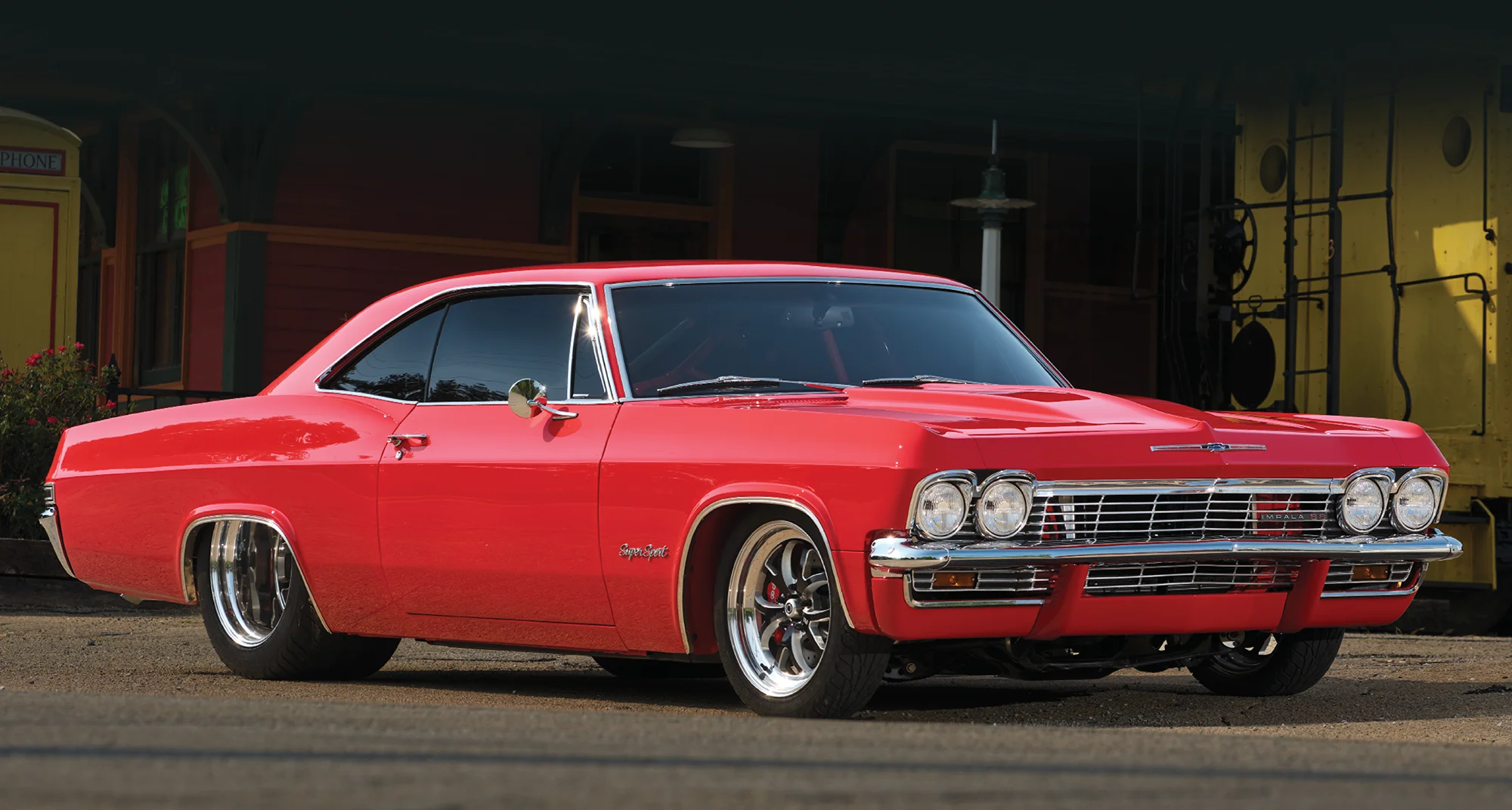
 TECH
TECH

 Images by THE AUTHOR
Images by THE AUTHORhe venerable first-generation Chevrolet small-block has been out of production for decades now. Since then, multiple generations of engines from various manufacturers have come and gone, but the small-block is still everywhere you look. Of course, it remains incredibly popular in several forms of racing—everything from drag racing to oval track and beyond—and it remains a favorite with hot rodders in general. Its reputation as a reliable engine that makes great power without breaking the bank is well deserved.
Besides the ability to make big power pretty easily as well as its durability, one of the great advantages of the classic small-block is its versatility thanks to tons of aftermarket support. We’ve seen great small-block builds with carburetors on tunnel port intakes, giant roots blowers, twin turbos, you name it. And they’re all great. But one setup we don’t often see is individual runner intake setups like you often think of on old-school sports cars. That’s why we were excited when engine builder Keith Dorton of Automotive Specialists told us he was building a big-inch small-block complete with stack injection EFI from none other than Jim Inglese Eight Stack Systems and instantly decided to tag along for the build.
 FEATURE
FEATURE Images by Patrick Lauder
Images by Patrick Lauder
nlike most of us, Shane Jackson has none of the usual regrets about letting his first Chevrolet get away. It was a true granny mobile; a hand-me-down from his big brother at age 16. Their bracket-racing parents, Jamie and Janice Jackson, became second owners at 48,000 miles after the first, a female neighbor, died. “A six-cylinder Chevy II was just an old car in the 1980s,” Shane recalls, now 53. The GM factory in nearby Fremont had pumped countless copies into San Francisco’s suburbs for two decades. The Jackson family’s underpowered training wheels stayed reliably stock, other than the bling of aluminum Weld rims made fashionable by Pro Stock racers of the era. Shane has the old photos in scrapbooks.

 TECH
TECH
 Images by Taylor Kempkes
Images by Taylor Kempkesld cars have personality, which means each one is a little different. Tolerances weren’t as precise as today’s machines and if you’ve ever tried to achieve show-quality panel gaps on a muscle car, you know it’s a large task. Sometimes you can get lucky and make some adjustments that make the gaps uniform, but the reality is that most cars from the 1960s and 1970s had huge gaps. Wide gaps are acceptable on an original car, or a driver, but details truly matter on high-end cars, like Mike Selvaggio’s 1966 Chevelle station wagon that’s currently under construction at Old Anvil Speed Shop in Orange, California.
This car will have top-notch pieces inside and out, and a great way to accent the high-end workmanship is to dial in the panel gaps. This project is naturally more challenging because it’s a four-door, meaning there are more panels to perfect, but it’s all part of the metalworking process for Brandon Gerringer, a fabricator at Old Anvil Speed Shop.
 FEATURE
FEATURE
Paul Tholey’s 1967 Chevy Nova
 Images by THE AUTHOR
Images by THE AUTHORt turns out 1971 was a good year for young hot rodder Paul Tholey. The fresh-faced mechanic from Willow Grove, Pennsylvania, was on the lookout for a new ride, and luckily the stars aligned. This 1967 Chevy II practically fell into his lap.
You see, the local parties were a mecca for good times and going fast, with muscle car freaks always ready to talk shop. Paul was in the right place at the right time when he overheard a Harley guy complaining about his Chevy locking up between shifts. Sensing an opportunity, Paul reached out and worked his magic to secure a deal for the needy car. As they say, the rest is history.

 TECH
TECH
 Images by The Author
Images by The Authorf you ever feel the need to enliven a conversation among gearheads during a bench racing session, merely float engine oil into the discussion and then sit back and watch the fireworks shoot around the room. The problem with all the resulting banter is that there are always plenty of opinions offered but a discouraging lack of facts. So, we’re going to enhance this discussion with 11 facts about engine oil along with additional tidbits of which you may not be aware that you will find useful for your current or next engine project.
 FEATURE
FEATURE
Frank Antonaccio’s 1966 Corvette
 Images by Jason Matthew
Images by Jason Matthewrank Antonaccio’s background as a retired auto technician has afforded him the knowledge and expertise making him proficient at restoring classic cars. He’s also no stranger to vintage Corvettes as he’s done three to four stock restorations, but when he came across this 1966 Corvette he decided to take a different approach and create a restomod tribute to the legendary Sunoco Penske racing Corvettes.

 TECH
TECH
 Images by the Author
Images by the Authortarter motors are kind of like the guy behind the counter at the auto parts store. When he’s competent and efficient you may not notice. But if he can’t find a stock spark plug for your 350 small-block 1969 Camaro, this attracts your attention and not in a good way. Starter motors can be like that—the only time you notice them is when they don’t work.
Starters don’t contribute to horsepower, so they are often overlooked—until they don’t do their job. Such was the case for a stout small-block we found ourselves working on recently that offered up more than a little irritability. The owner had recently purchased his XS-series Powermaster starter motor, but it wasn’t happy. The noise it made during cranking was approaching painful.
It was obvious something wasn’t right. First, we looked at the relationship of the starter pinion gear to the flexplate. With the engine out of the car, it was easy to measure the clearance between the pinion gear and the flexplate. The proper spec for gear clearance was supposed to be 0.040 inch, but our check revealed it to be in excess of 0.100 inch.

 Images by Luke Munnell
Images by Luke Munnellohn Camp’s love for cars started early on. “I was 12 years old when I began helping my dad work on cars—he put me in charge of holding the flashlight. It didn’t seem like a huge role, but I paid attention and soaked up information like a sponge. By the time I was 16 he was holding the flashlight for me,” John laughs. “That’s basically how I was introduced to the car world.”

 TECH
TECH
 Images by the Author
Images by the Authorhe corniest and most overused story title in the book for a car magazine is “It’s a Family Affair” but sometimes you just have to go with it … or maybe not. The saga of 15-year-old Hunter Hay and his dad, Ron, building a 408ci stroker LS engine to run in a drive-and-drag 1966 Nova when Hunter turns 16 years old is really a story about Hunter and Ron’s help and support from their extended race car family.
At age 11 Hunter was helping his dad service and prep a Fox-body drag racer. At that early age Hunter learned how to cut the lights when Adam Burkholder and his son, Abe, invited Ron and Hunter to check out RC drag racing. It was an awesome hobby with a full-scale Christmas tree, a real timing system, and running the quarter-mile at scale. Hunter and dad traveled from Oklahoma to Texas, Kansas, and Nevada scoring several NPDR no-prep RC drag racing championships.
At age 13, thanks to Chris Maybriar at Mid America Dragway in Kansas, Hunter went through the process and gained his NHRA license followed with a WDRA license. Hunter borrowed Ron’s hopped-up 2003 GMC shortbed, running it at the NHRA Summit Racing Equipment Series and WDRA Summit Racing Equipment Bracket Finals and did quite well. Now, several seasons into it with a long list of wins and championships, Hunter and Ron’s focus is having the 1966 Nova ready for Hunter to drive to high school during the week and race on the weekends.
Advertiser
- AJE Suspension81
- American Autowire43
- AMSOIL9
- Art Morrison Enterprises11
- Auto Metal Direct31
- Automotive Racing Products23
- Borgeson Universal Co.45
- Classic Industries39
- Classic Performance Products4-5, 89, 92
- Dakota Digital91
- FiTech EFI83
- Forgeline Motorsports87
- Golden Star Classic Auto Parts7
- Goodguys Rod & Custom Association47
- Heidts Suspension Systems61
- Hemmings55
- Holley Performance Products13
- Lokar2
- National Street Rod Association69
- Paint Over Rust Products83
- Powermaster Performance87
- Schwartz Performance89
- Scott’s Hotrods75
- Steele Rubber Products29
- Thermo-Tec Automotive89
- Triple Crown of Rodding, LLC59
- Tuff Stuff Performance Accessories81
- Vintage Air6
- Wilwood Engineering27



